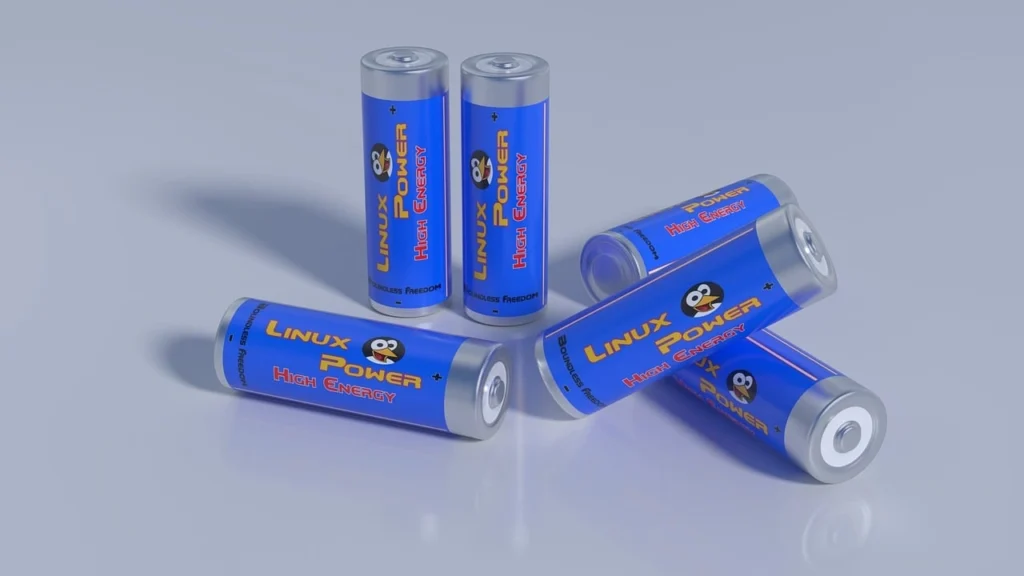
Growth Strategy
- Diversification into New Energy Solutions
- The company is expanding beyond lead-acid batteries into lithium-ion battery packs, chargers, and giga-factory production.
- Significant investment in lithium-ion technology and plans for a 2 GWh lithium cell plant, scaling up to 4-6 GWh.
- Entering the EV ecosystem with localized production of portable chargers and two-wheeler battery packs.
- Strengthening Core Lead-Acid Business
- Lead-acid batteries contribute 96% of revenues, with 9% YoY growth in this segment.
- Increasing presence in the aftermarket (11% growth in four-wheeler and 16-17% in two-wheeler segments).
- Expansion in industrial UPS batteries and home power backup solutions.
- Investment in Sustainability and Recycling
- Commencement of Phase 1 operations in the lead recycling plant (50,000 tons refining capacity).
- Plans for further expansion into battery breaking and smelting operations.
- Strategic Partnerships & Export Growth
- Engaging with OEMs for lithium-cell production and supply agreements.
- Export revenue showed 8-9% growth, with expectations of double-digit growth.
- Operational Efficiency & Cost Optimization
- Ongoing efforts to reduce power costs by increasing the share of renewable energy.
- Enhancements in automation and industrial engineering, increasing throughput without additional CAPEX.
Future Outlook
- Lead-Acid Battery Market
- Expected to grow 11-12% YoY with increased aftermarket demand and industrial applications.
- The OEM segment is stable, with additional growth coming from new products like AGM batteries for premium vehicles.
- Lithium-Ion Battery Expansion
- First gigafactory (NMC cell production) expected to commence by CY26-27, with LFP production following 9-12 months later.
- Challenges in the global lithium market (pricing volatility, overcapacity concerns) could delay profitability.
- Early-stage revenue estimated around $70-75 per kWh, scaling up over time.
- Growth in Energy Storage & EV Charging
- Increase in demand for battery storage solutions for renewable energy integration.
- Development of DC fast chargers and localized charging infrastructure for electric mobility.
- Cost Control & Profitability Enhancement
- Expecting power cost reductions due to renewable energy usage.
- Investment in advanced recycling facilities to secure raw materials.
Key Challenges
- Shift from Lead-Acid to Lithium-Ion Batteries
- The telecom segment, which traditionally used lead-acid, is seeing a 25% decline YoY due to lithium conversion.
- Lead-acid will remain relevant in some applications, but a long-term decline is expected.
- Pricing Pressure & Cost Inflation
- Rising raw material costs (lead, tin, and antimony) are squeezing margins.
- Currency depreciation (INR vs USD) affecting lead prices.
- Delayed Lithium-Ion Factory Rollout
- The 1st phase of the lithium cell plant is delayed, now expected by CY26-27.
- High capital expenditure with no immediate profitability, with breakeven expected only at 7-8 GWh scale.
- Competitive Market Landscape
- Increasing competition in lithium-ion space, especially from Chinese battery manufacturers.
- OEMs are hesitant to fully transition to AGM batteries, delaying growth.
- Regulatory & Policy Risks
- PLI scheme participants struggling to meet localization targets, leading to uncertainty in incentives.
- Possible government policy changes in renewable energy subsidies and battery recycling regulations.
Investment Potential: Is Amara Raja a Good Buy?
- Strengths:
- Market leader in lead-acid batteries with a dominant 33-34% aftermarket share.
- Strong revenue growth (7.5% YoY), expanding product portfolio (lithium, energy storage, chargers).
- Investments in sustainability (recycling, renewables) will enhance profitability in the long term.
- Stable cash flow from the lead-acid business can support new energy investments.
- Concerns:
- Lithium-ion business is still in early stages, with profitability at least 3-5 years away.
- High CAPEX (₹1000 crore planned for next year) could strain financials if new energy business doesn’t scale up fast.
- Telecom battery segment is in decline, impacting industrial revenue.
- Currency and raw material cost fluctuations could hurt margins.
- Verdict:
- For long-term investors: The company’s pivot to lithium, energy storage, and EV infrastructure makes it an attractive bet for 5+ years.
- For short-term investors: Uncertainties in CAPEX execution, lithium-ion profitability, and regulatory risks could lead to volatility.
- Risk-averse investors may wait for better clarity on giga-factory execution, pricing stability, and lead-acid battery demand trends.
Overall, Amara Raja presents a balanced risk-reward profile, with stable traditional business supporting its transition to future energy solutions.
